Edgar Martins’ photobook shows prisoners fear of being forgotten – by not showing them
The twin-publication What Photography & Incarceration have in Common with an Empty Vase reveals a new dimension to British prison HM Birmingham, its inmates and their families

In the midst of Edgar Martins new photobook lies a photograph of a note, written in pencil. It reads: ‘Adrian & Carmen, husband & wife, need help. Adrian can do massage, gardening, reflexology, any kind of chores. Carmen can take care of children, old people, pets. She can sweep, brush, water the plants, teach English. We are ex-offenders but reliable, hardworking, punctual serious, friendly and good. We live close, at a friend. Please call: 07728 610 415. Thank you.’
Martins’ monograph, titled What Photography & Incarceration have in Common with an Empty Vase, and currently exhibited at Lisbon’s Galeria Filomena Soares, explores what prison does to a prisoner. But Martins has not photographed inside the prison walls. Instead, he has create a series of photographs that mediates on the impact and consequences of incarceration on the inmate – without ever showing us the person behind bars.
In doing so, Martins has assembled a series of pictures pictures that, at first glance, avoid easy understanding. The pictures appear to be ephemera; deserted monochrome streets, still lifes, photographs of postcards showing faraway scenes, an archival tableaux that could be the fragment of a bad dream. The Portugal-born artist ensures we know little about these pictures. We are not told where and when they were taken, or what or who is being pictured, or what relevance they have to the prisoners he worked with.
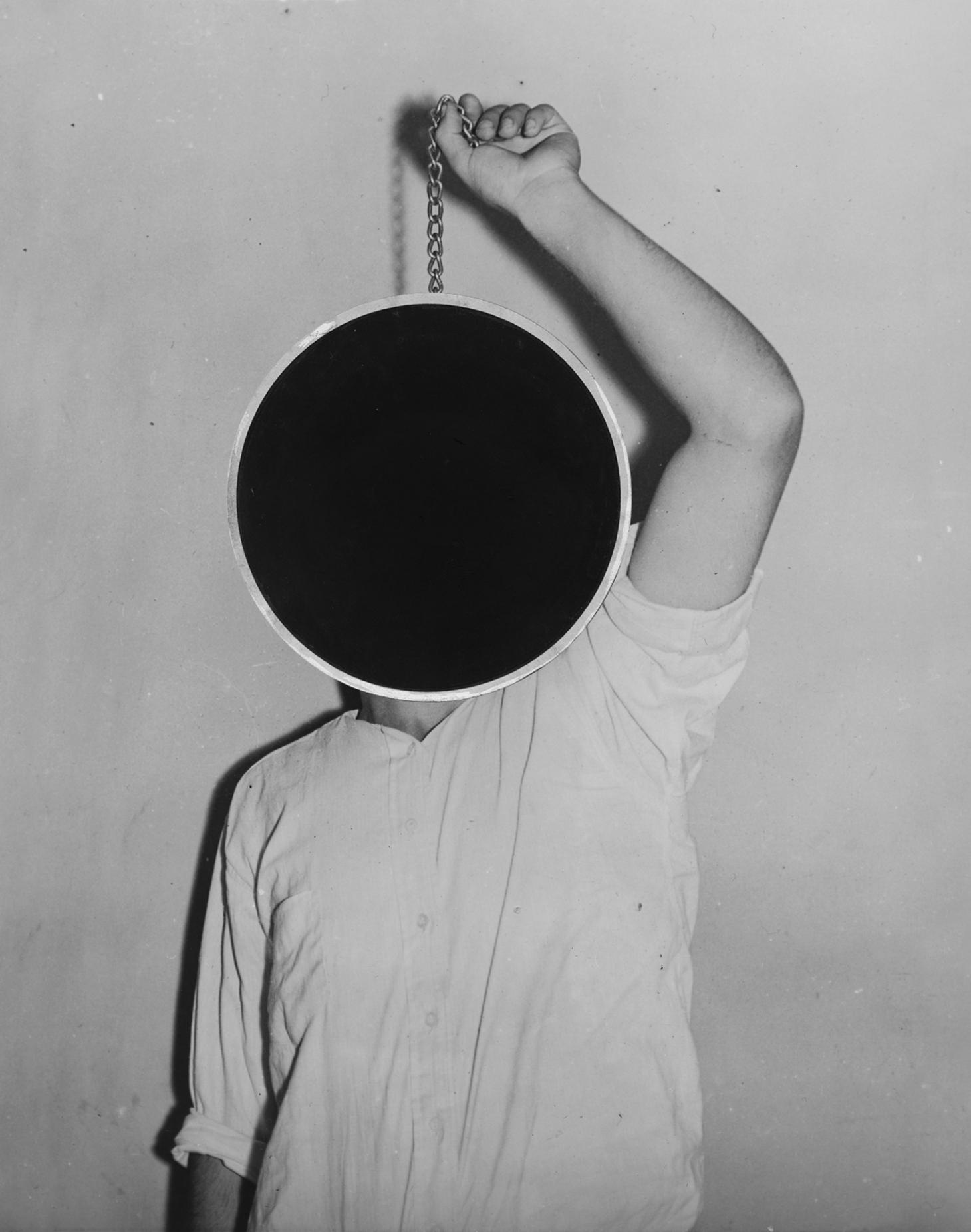
But, after time, the pieces start to fit together: a pair of tiny pink ballet shoes with ‘Daddy’s Girl’ inscribed on the toes; a pencil with ‘Let It Go’ written on its flank; an old Nokia cellphone with the screen reading ‘4give me ma’ in text. There is prison bureaucracy – a letter telling of drug seizures, and a letter sent home entirely redacted in black. There’s a pack of cigarettes adorned with ‘Absence Doesn’t Make the Heart Go Fonder’ in typed font. Some photographs show what we assume are the tall prison walls, taken from the outside.
Martins also includes unflinching portraits of teenage girls and boys who, we assume, are the children of those kept inside. Some are bleeding, or have facial wounds – a visual manifestation of a lingering violence that, in many cases, has been handed down through generations. He describes the project as ‘a series about how people deal with being inside, and how people outside deal with their loved ones being inside’.
The series was commissioned by Grain Projects, an arts organisation supported by Arts Council England and Birmingham City University, and focused on HMP Birmingham, a remand prison referred to locally as Winson Green. The prison holds inmates awaiting trial and sentencing, alongside those serving sentences of up to 20 years. The prison has also caused some controversy: from 2011 to August 2018, it was managed by the security firm G4S before coming under state provision again after the private company lost its contract permanently.
The book is the result of several years of engagement with the prison, and with the slow development of relationships with prisoners serving some of Winson Green’s longest sentences, made possible by Martins’ ability to work closely with numerous family liaison officers. The artist had to work hard to gain access in what he describes as a ‘very dysfunctional’ system. Winson Green saw four different directors come and go in first three years Martins spent working on the project, which stymied his ability to work on the project.

Over time, he built rapport with a convicted drug trafficker who had recently turned 50, and who kept a diary of his life behind bars, written carefully and eloquently in simple lined notebooks. Martins remembers reading the diary from front to back. It began with the inmate expressing his frustration at how his sentencing has been delayed and ends with him worrying that the people outside are forgetting about him.
The man told of his relationship with his two children, his anxiety for the future, his boredom and despondency behind bars, his training with the Samaritans to be a listener, and his thoughts on other prisoner’s willingness to self-harm. It would have been easier, maybe, to create a traditional documentary story of this man’s life. Yet Martin has used his words to create a series that works along the lines of suggestion and situation, of metaphor and allegory.
Shown together, Martins’ images grow into piercing portraits of a person made unseen by society’s judgement of the greater good. And by rejecting the most obvious human touchpoints – of not allowing us to look at prisoners’ faces, to read their expressions, to search for an understanding – Martins provides a deeply troubling portrait of absence. He is showing by not showing. And that is the point: the terrifying invisibility of confinement.

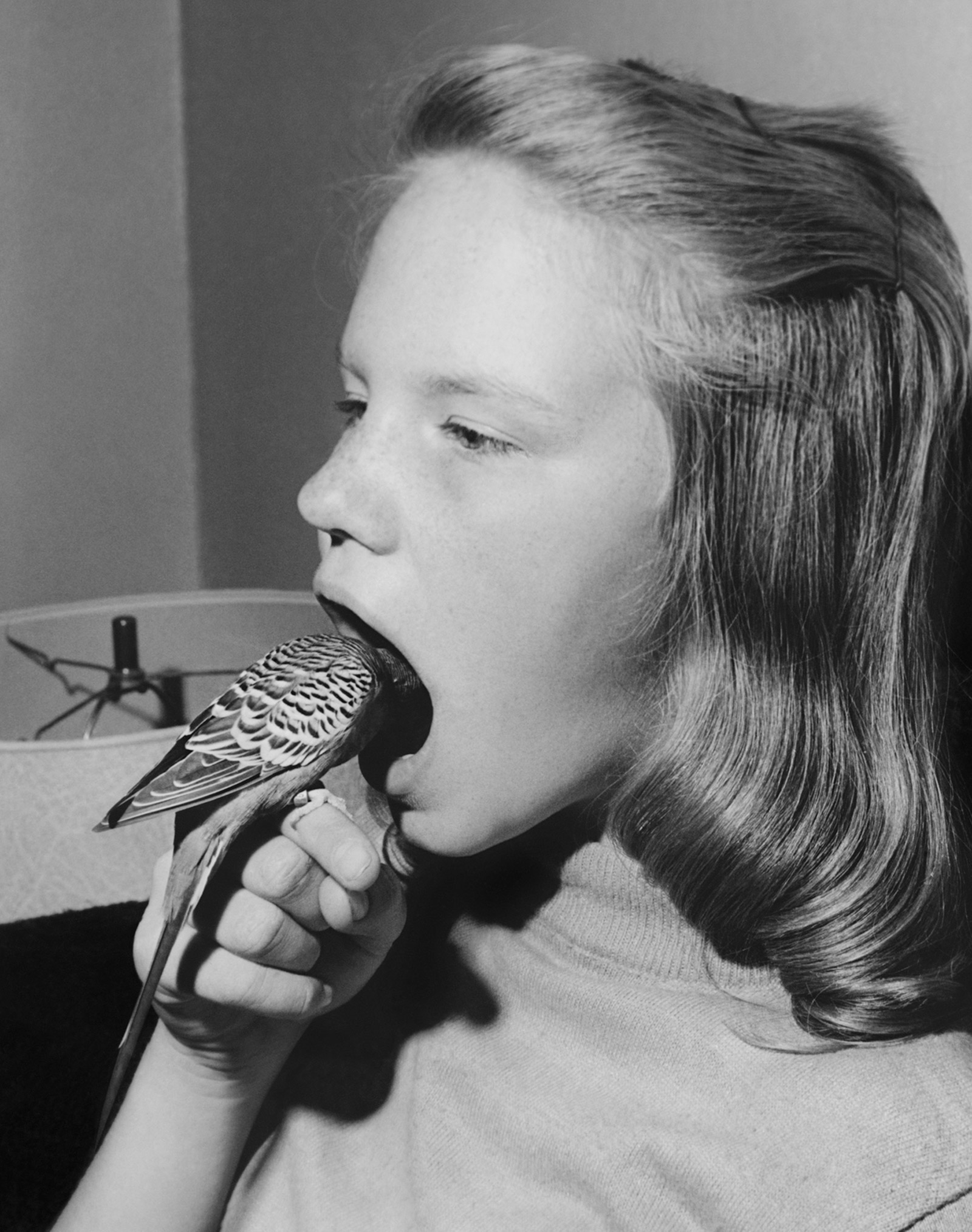
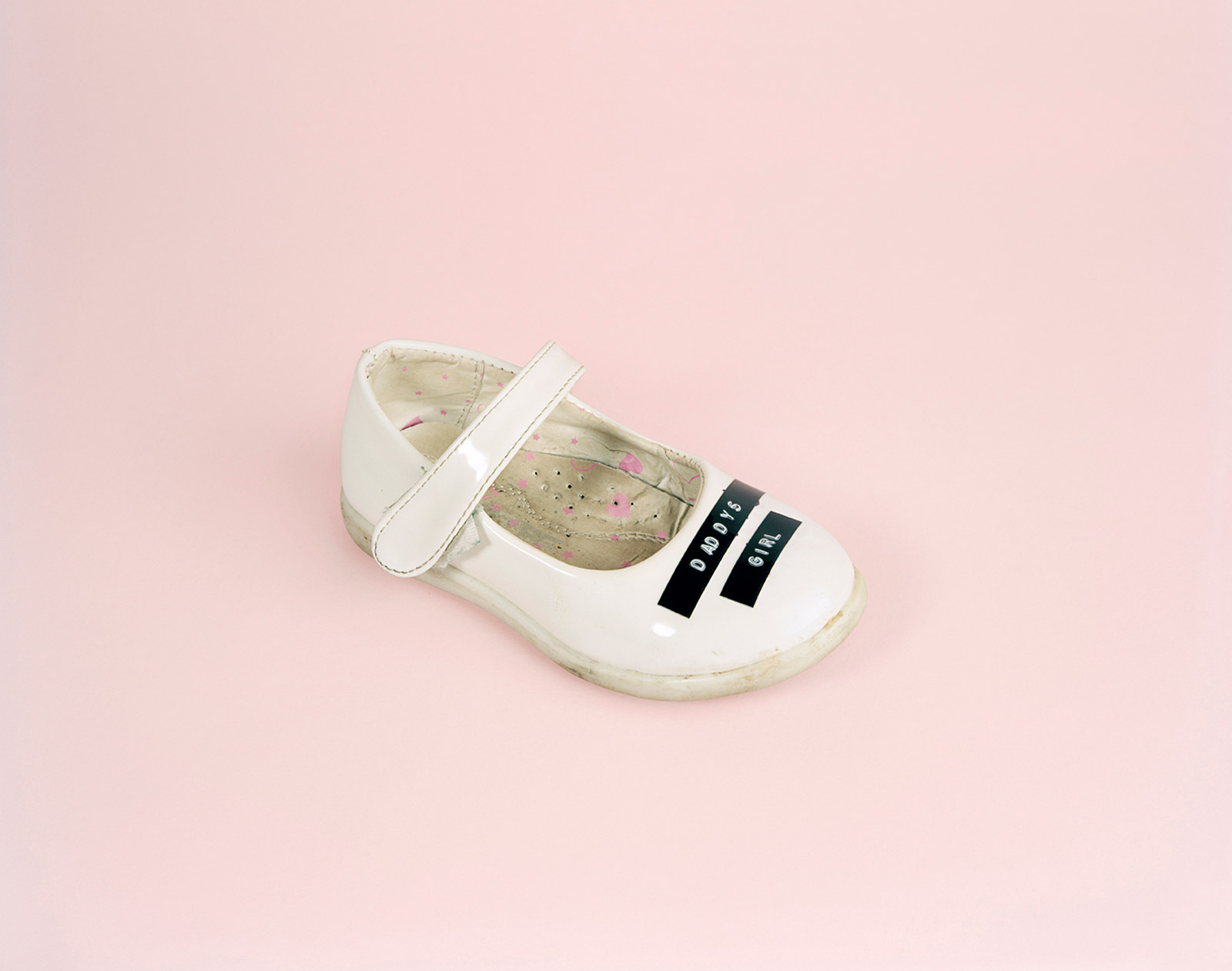
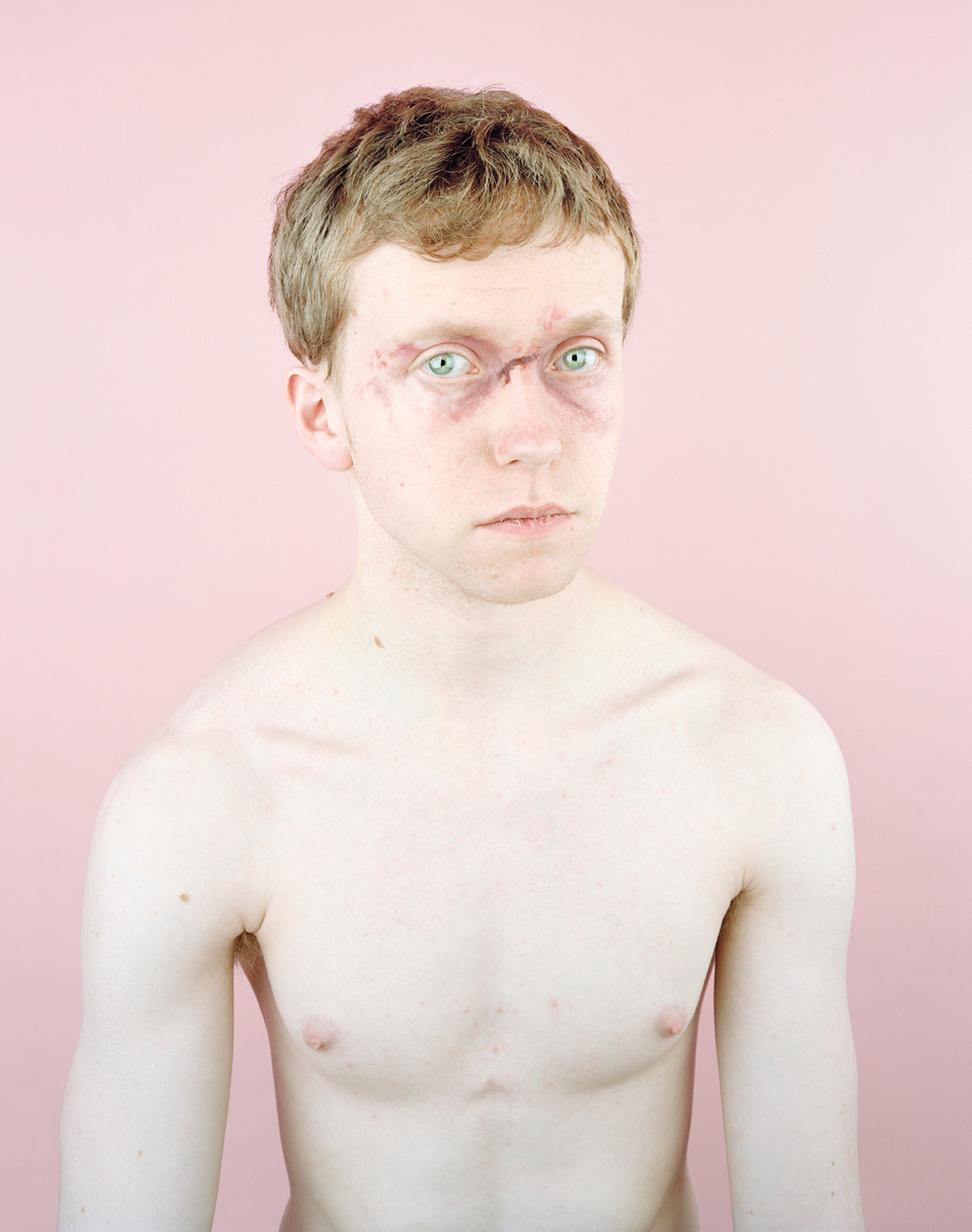

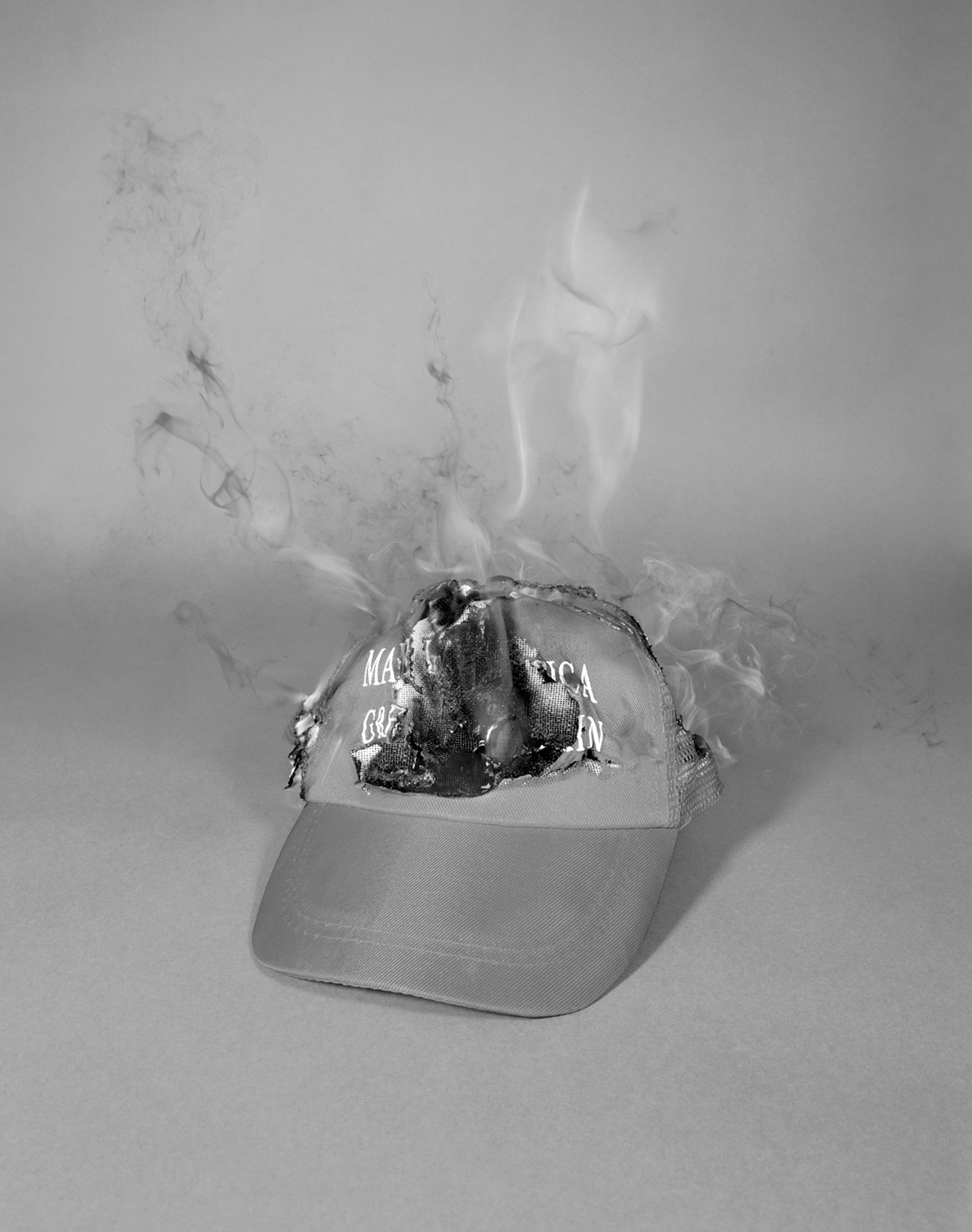
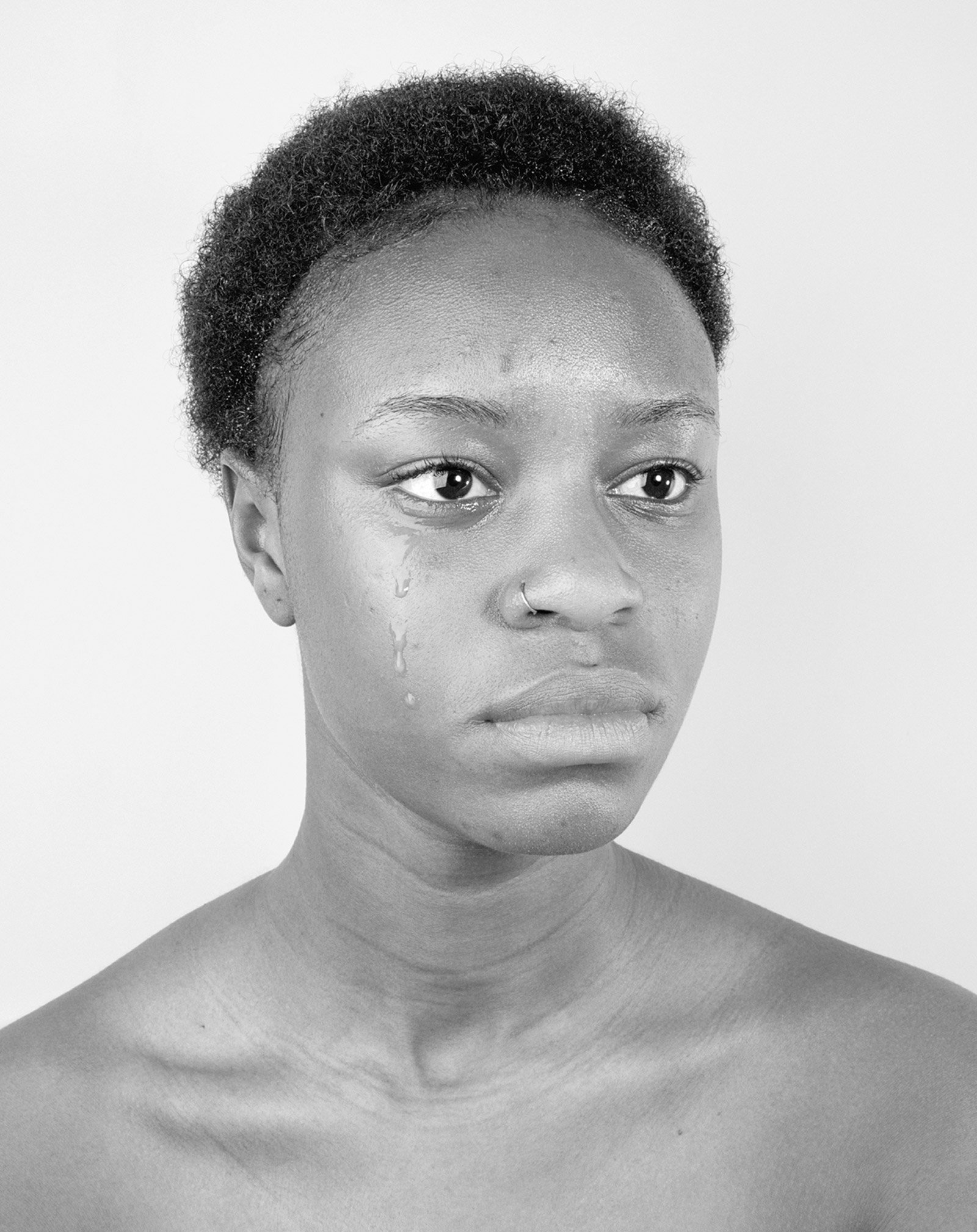
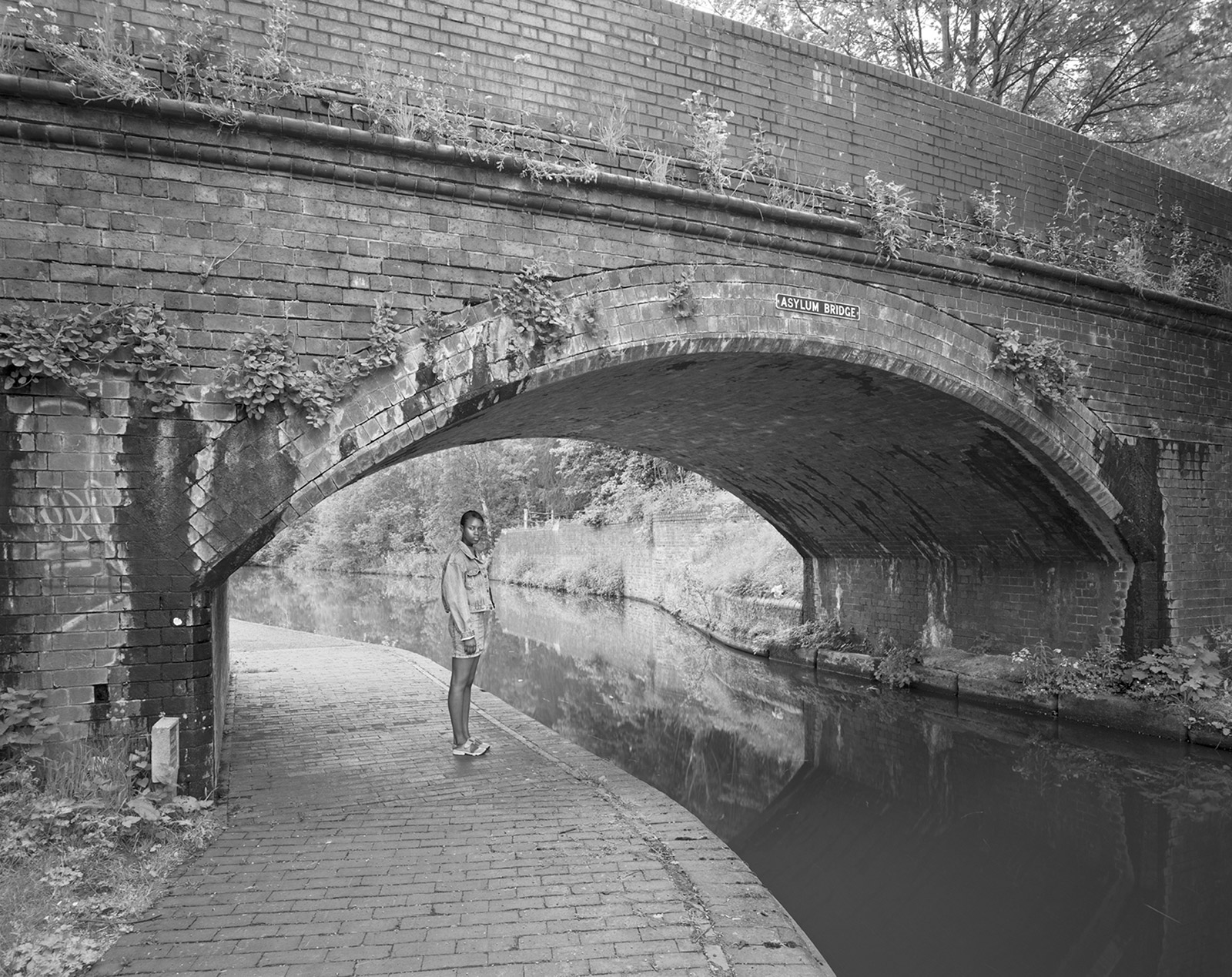
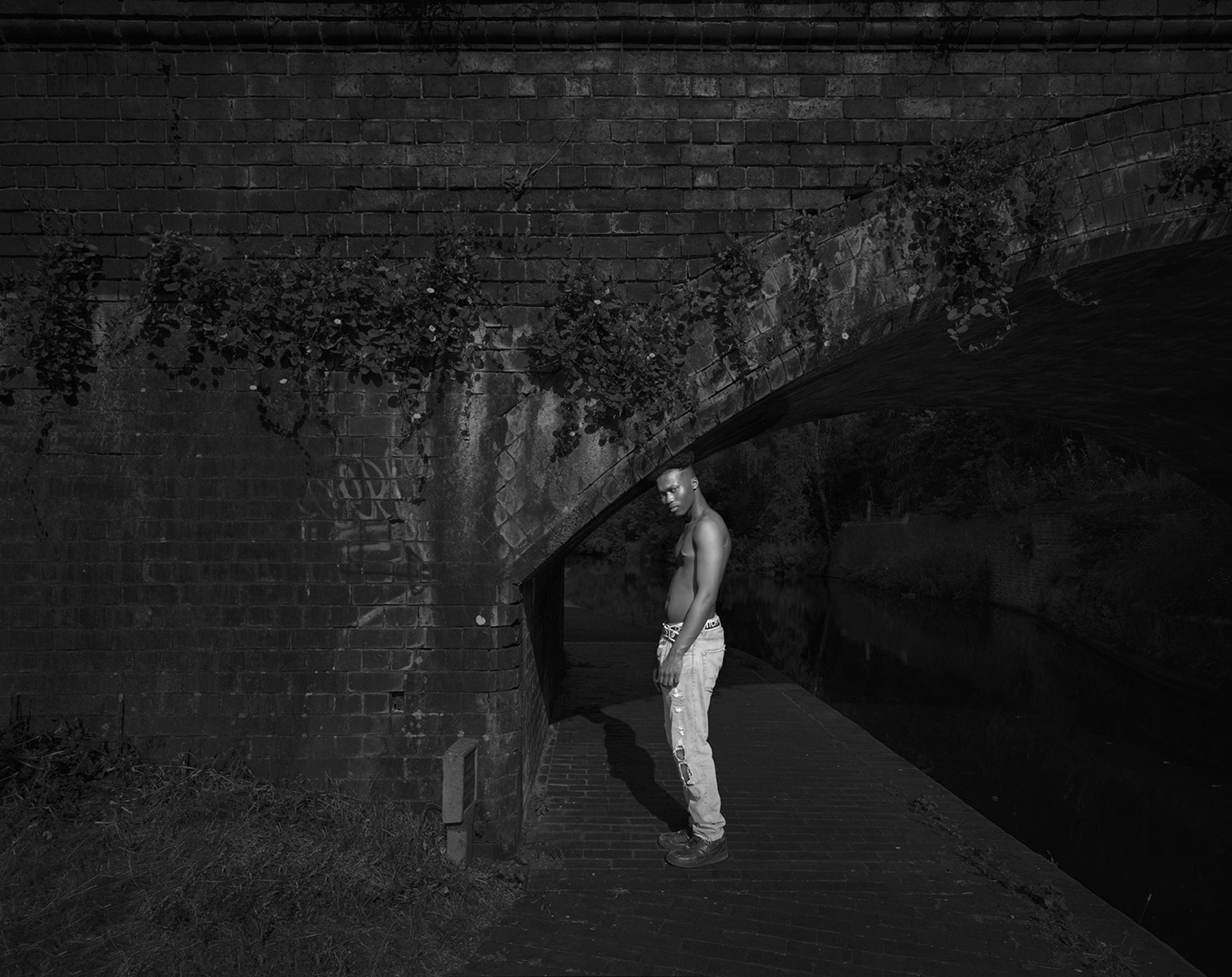

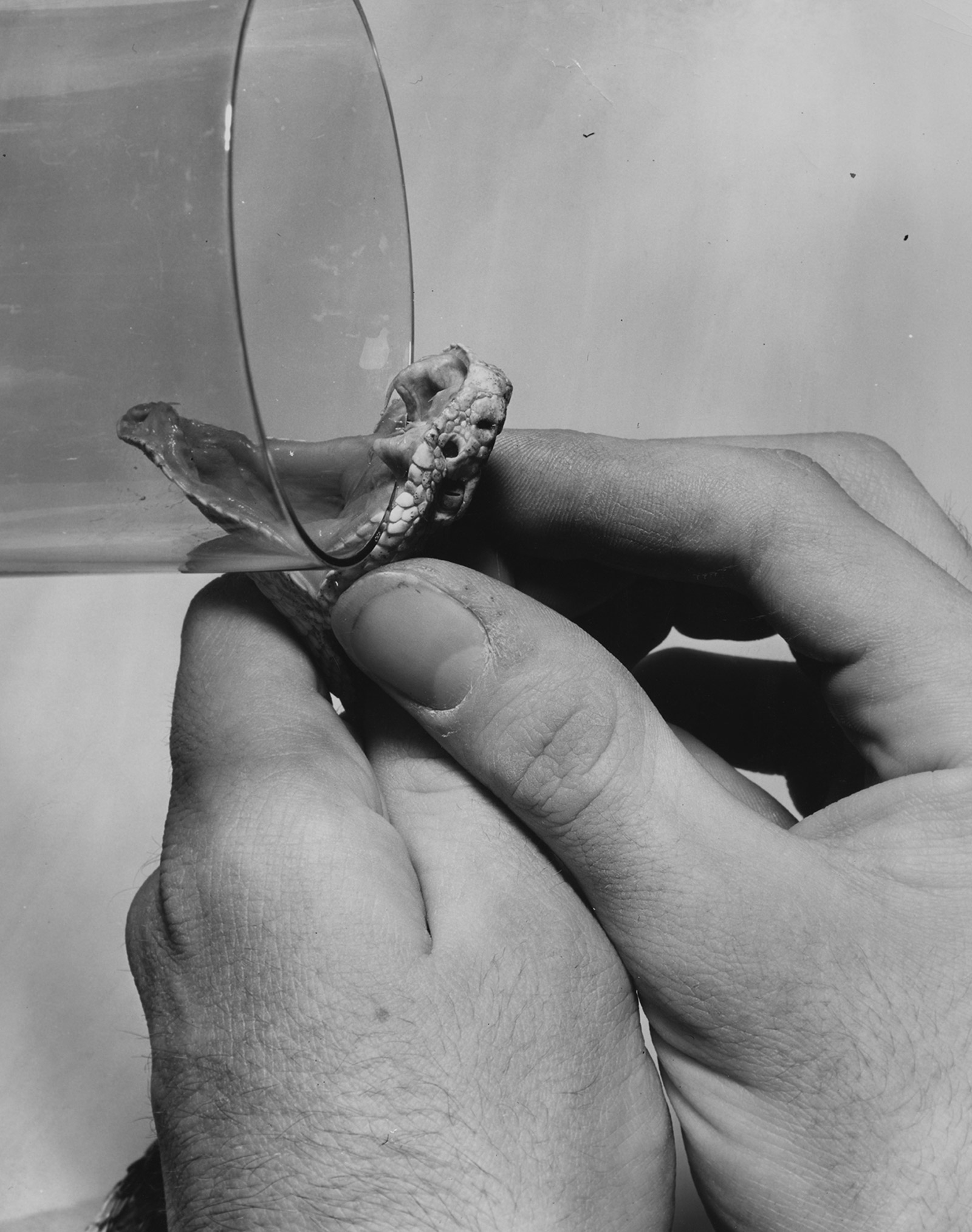
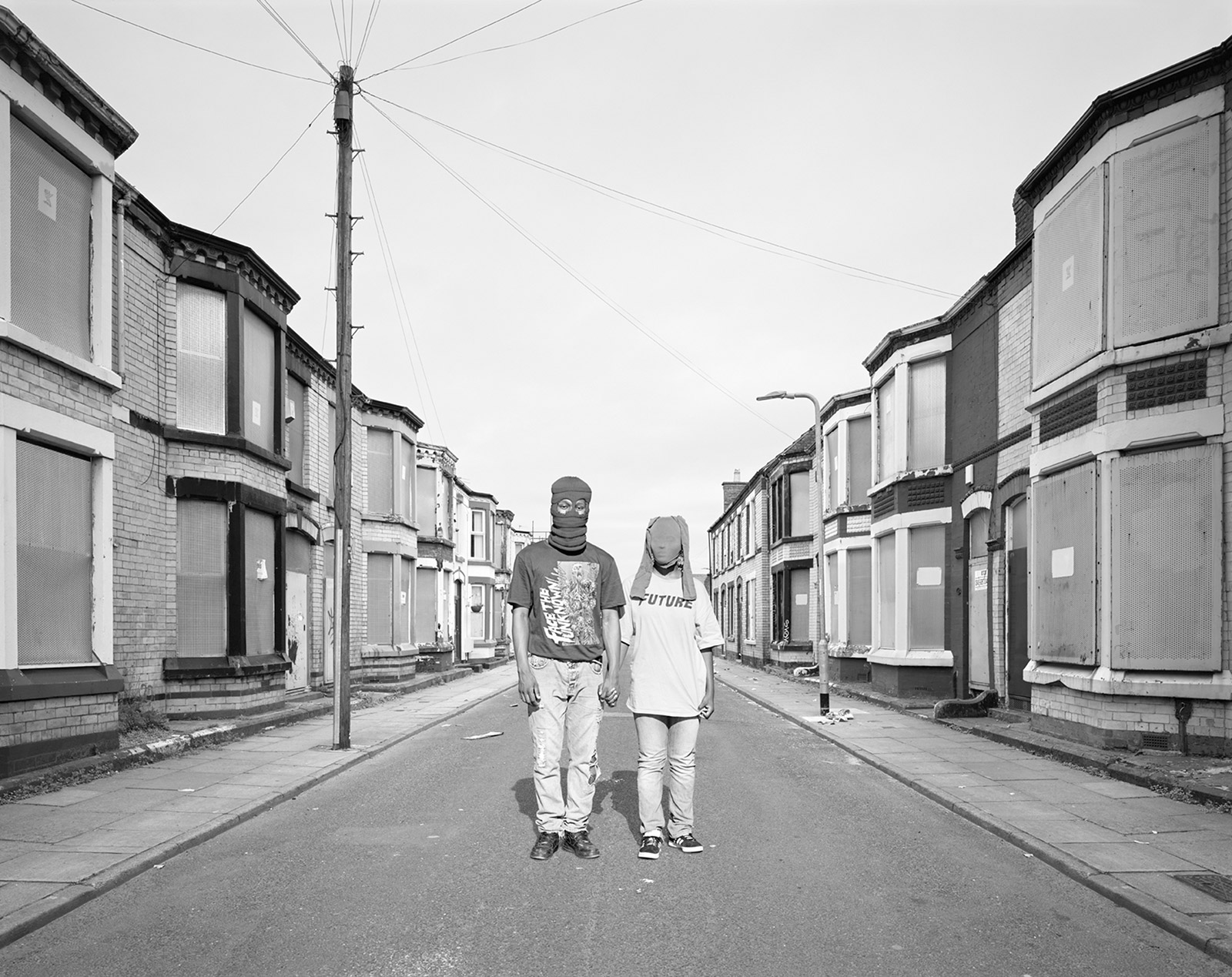
INFORMATION
What Photography & Incarceration have in Common with an Empty Vase, £60, published by The Moth House. A touring exhibition of the work is on view at Galeria Filomena Soares, Lisbon, until 4 March; the Macau Museum of Art, 31 July – 7 November; Three Shadows Photography Art Centre, Beijing, December – March 2021; Geneva Photography Centre, March 2021; Museum of Modern and Contemporary Art Lisbon, July 2021; and MOCA London, October 2021. edgarmartins.com
Receive our daily digest of inspiration, escapism and design stories from around the world direct to your inbox.
Tom Seymour is an award-winning journalist, lecturer, strategist and curator. Before pursuing his freelance career, he was Senior Editor for CHANEL Arts & Culture. He has also worked at The Art Newspaper, University of the Arts London and the British Journal of Photography and i-D. He has published in print for The Guardian, The Observer, The New York Times, The Financial Times and Telegraph among others. He won Writer of the Year in 2020 and Specialist Writer of the Year in 2019 and 2021 at the PPA Awards for his work with The Royal Photographic Society. In 2017, Tom worked with Sian Davey to co-create Together, an amalgam of photography and writing which exhibited at London’s National Portrait Gallery.
-
 Year in Review: we’re always after innovations that interest us – here are ten of 2025’s best
Year in Review: we’re always after innovations that interest us – here are ten of 2025’s bestWe present ten pieces of tech that broke the mould in some way, from fresh takes on guitar design, new uses for old equipment and the world’s most retro smartwatch
-
 Art and culture editor Hannah Silver's top ten interviews of 2025
Art and culture editor Hannah Silver's top ten interviews of 2025Glitching, coding and painting: 2025 has been a bumper year for art and culture. Here, Art and culture editor Hannah Silver selects her favourite moments
-
 In Norway, remoteness becomes the new luxury
In Norway, remoteness becomes the new luxuryAcross islands and fjords, a new wave of design-led hideaways is elevating remoteness into a refined, elemental form of luxury
-
 Nadia Lee Cohen distils a distant American memory into an unflinching new photo book
Nadia Lee Cohen distils a distant American memory into an unflinching new photo book‘Holy Ohio’ documents the British photographer and filmmaker’s personal journey as she reconnects with distant family and her earliest American memories
-
 Inside Davé, Polaroids from a little-known Paris hotspot where the A-list played
Inside Davé, Polaroids from a little-known Paris hotspot where the A-list playedChinese restaurant Davé drew in A-list celebrities for three decades. What happened behind closed doors? A new book of Polaroids looks back
-
 Jamel Shabazz’s photographs are a love letter to Prospect Park
Jamel Shabazz’s photographs are a love letter to Prospect ParkIn a new book, ‘Prospect Park: Photographs of a Brooklyn Oasis, 1980 to 2025’, Jamel Shabazz discovers a warmer side of human nature
-
 Thomas Prior’s photography captures the uncanny fragility of American life
Thomas Prior’s photography captures the uncanny fragility of American lifeA new book unites two decades of the photographer’s piercing, uneasy work
-
 Cult classic ‘Teenagers in Their Bedrooms’ captures the angst of being a teen
Cult classic ‘Teenagers in Their Bedrooms’ captures the angst of being a teenAre 1990s teens so different? Three decades after its original release, this photography book by Adrienne Salinger has been published again, by DAP
-
 The glory years of the Cannes Film Festival are captured in a new photo book
The glory years of the Cannes Film Festival are captured in a new photo book‘Cannes’ by Derek Ridgers looks back on the photographer's time at the Cannes Film Festival between 1984 and 1996
-
 ‘Dressed to Impress’ captures the vivid world of everyday fashion in the 1950s and 1960s
‘Dressed to Impress’ captures the vivid world of everyday fashion in the 1950s and 1960sA new photography book from The Anonymous Project showcases its subjects when they’re dressed for best, posing for events and celebrations unknown
-
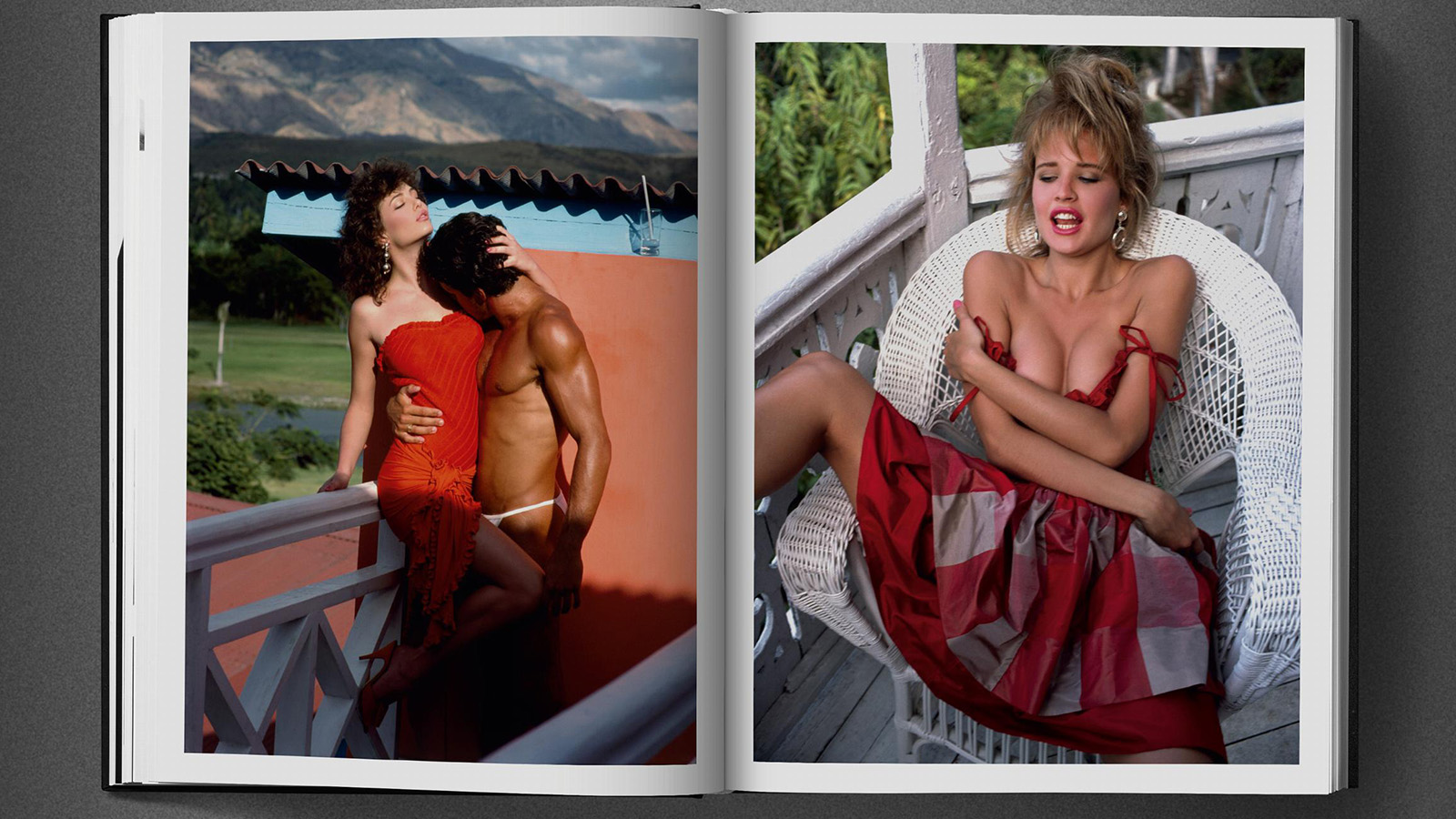 Era-defining photographer David Bailey guides us through the 1980s in a new tome not short of shoulder pads and lycra
Era-defining photographer David Bailey guides us through the 1980s in a new tome not short of shoulder pads and lycraFrom Yves Saint Laurent to Princess Diana, London photographer David Bailey dives into his 1980s archive in a new book by Taschen